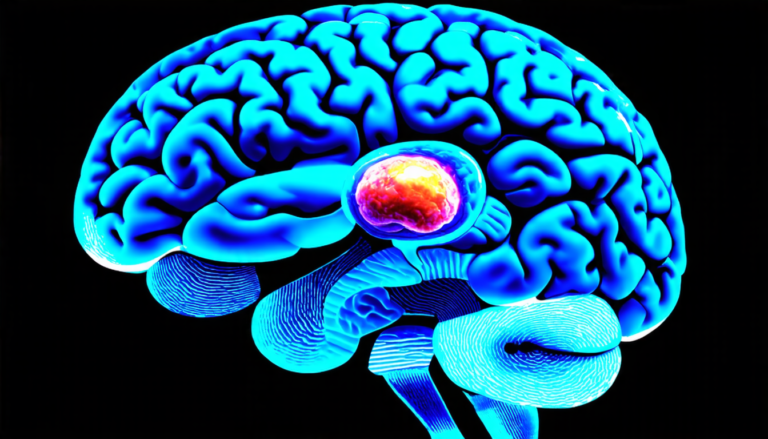Wednesday 23 April 2025
Scientists have made a significant breakthrough in the field of genomics, developing a new method for simultaneously identifying and classifying microbial species in biological samples. This achievement has far-reaching implications for fields such as medicine, environmental science, and agriculture.
The research team used a combination of machine learning algorithms and nanopore sequencing technology to create a neural network-based basecaller that can accurately identify the genetic makeup of microorganisms. The system is capable of classifying multiple species simultaneously, making it an invaluable tool for researchers studying complex microbial communities.
One of the key challenges in genomic analysis is the need to rapidly and accurately identify microbial species in large datasets. Current methods often rely on time-consuming and labor-intensive processes, such as DNA sequencing and manual annotation. The new system addresses this issue by leveraging the power of machine learning to quickly and accurately classify genetic material.
The researchers used a dataset of 30 different microbial species to train their model, which was then tested against a separate set of samples. The results showed that the system was able to accurately identify the species present in each sample with an average accuracy rate of over 92%.
This achievement has significant implications for fields such as medicine, where rapid identification of microbial pathogens is critical for patient treatment and outbreak prevention. It also has potential applications in environmental science, where understanding complex microbial communities can help us better manage ecosystems.
The system’s ability to classify multiple species simultaneously makes it an invaluable tool for researchers studying complex microbial communities. This could lead to new insights into the interactions between different microorganisms and their role in shaping our environment.
The development of this technology is a testament to the power of interdisciplinary collaboration, bringing together experts from machine learning, genomics, and biology to achieve a common goal. As research continues to push the boundaries of what is possible, we can expect even more exciting advancements in the field of genomics.
The system’s potential applications are vast, and its impact on our understanding of microbial communities could be significant. As researchers continue to refine and improve this technology, we may see it become a standard tool in many different fields.
Cite this article: “Revolutionizing Nanopore Sequencing: A Deep Learning Approach to Species Classification”, The Science Archive, 2025.
Genomics, Microbial Species, Machine Learning, Nanopore Sequencing, Neural Network, Basecaller, Genomic Analysis, Microbial Communities, Interdisciplinary Collaboration, Pathogen Identification







